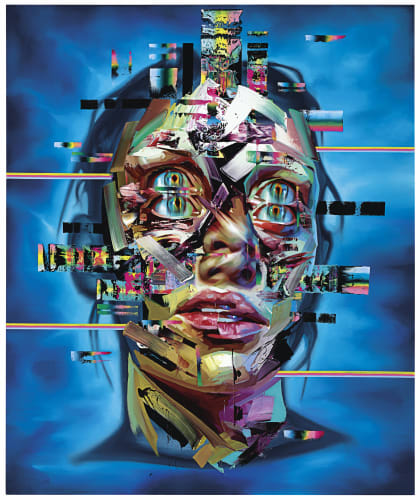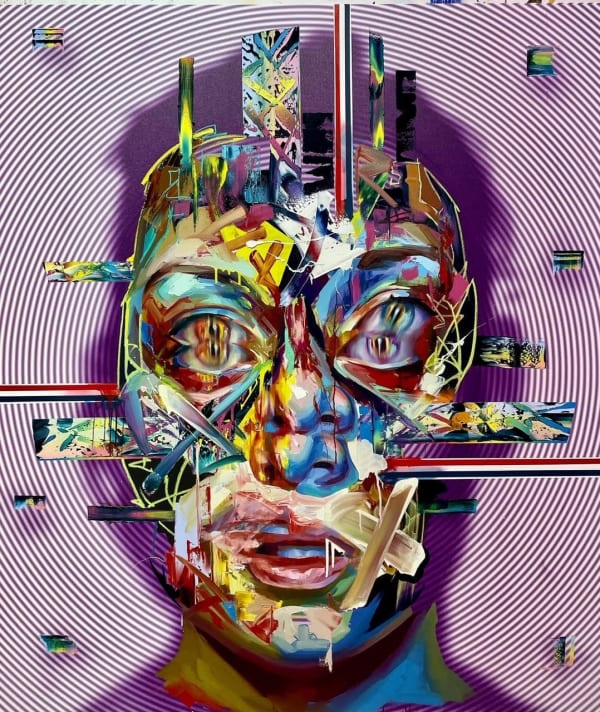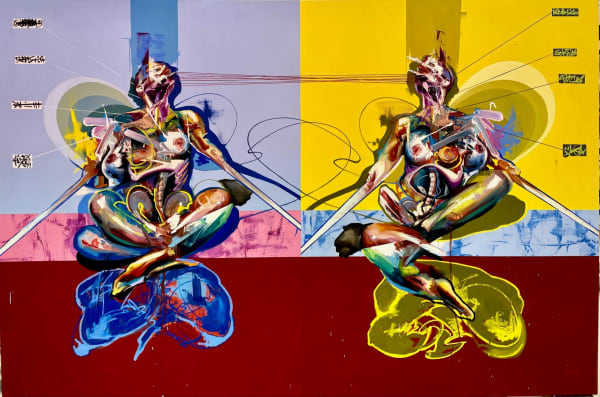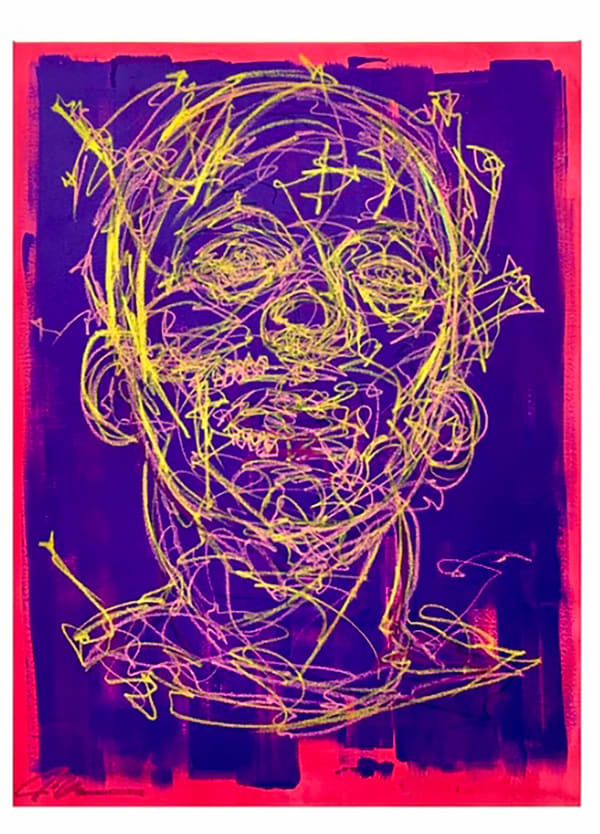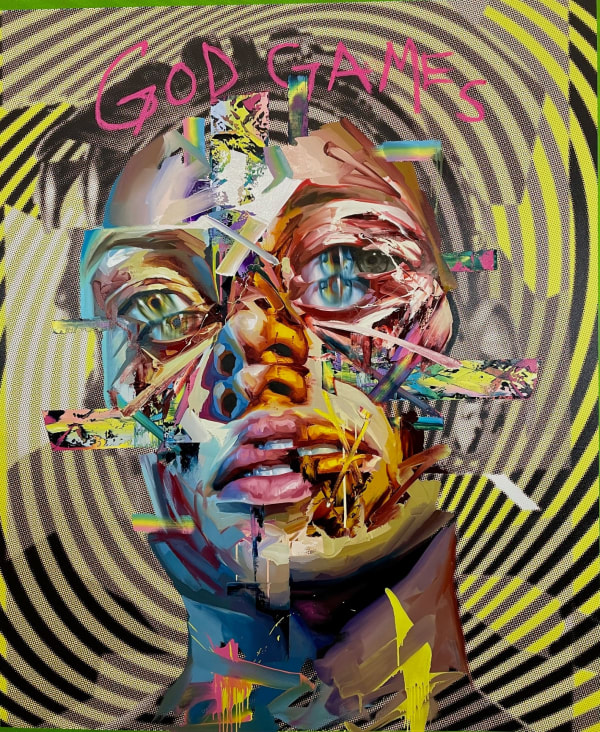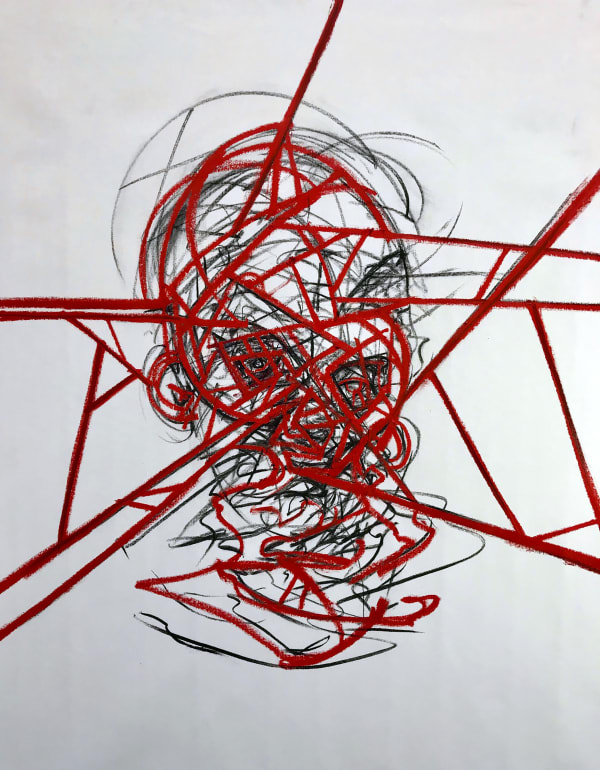Justin Bower has carved a distinctive niche in the contemporary art scene with his unique and thought-provoking creations. Born in 1975, Bower hails from San Francisco, California, and his artistic journey has been marked by a relentless exploration of the intersection between technology, identity, and the human experience.
Bower's oeuvre is characterized by a distinct visual language that combines portraiture with elements of abstraction. His paintings often feature fragmented and distorted faces, reflecting the impact of digital culture on our perceptions of self and others. Bower's work delves into the complex relationship between technology and humanity, inviting viewers to contemplate the evolving nature of identity in the digital age.
The artist's fascination with the fusion of man and machine is evident in his use of repetitive patterns, fractured forms, and vibrant colors. These elements come together to create compositions that challenge conventional notions of beauty and question the boundaries between the physical and virtual realms. Bower's work serves as a commentary on the ways in which technology shapes our understanding of identity, consciousness, and connection.
Over the years, Justin Bower has gained recognition for his thought-provoking and visually arresting creations. Bower's ability to capture the zeitgeist of the digital era and translate it into compelling visual narratives has solidified his place as a relevant and influential artist in the contemporary art world.
Bower's art stands as a testament to the transformative impact of technology on the human experience. Through his innovative approach to portraiture and exploration of the digital realm, Bower invites viewers to confront the evolving nature of identity and connection in our rapidly changing world. His work serves as a mirror reflecting the intricate dance between humanity and technology, challenging us to question and contemplate the essence of our existence in the 21st century.
